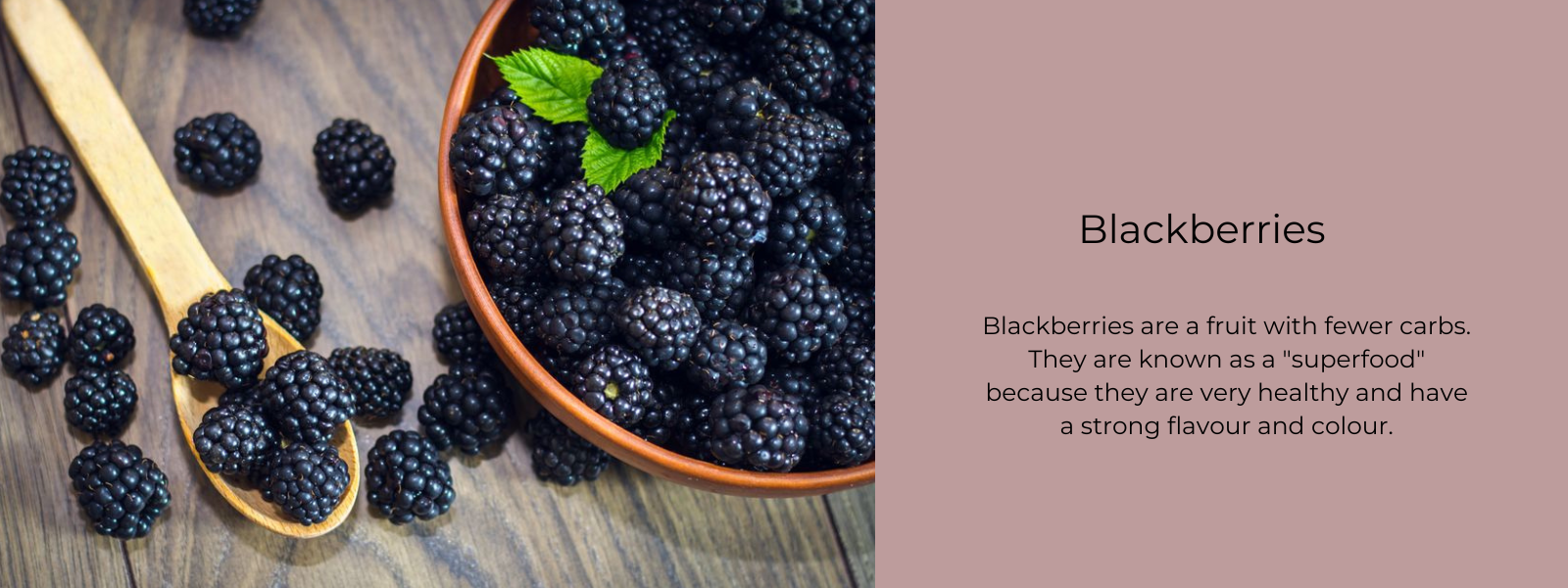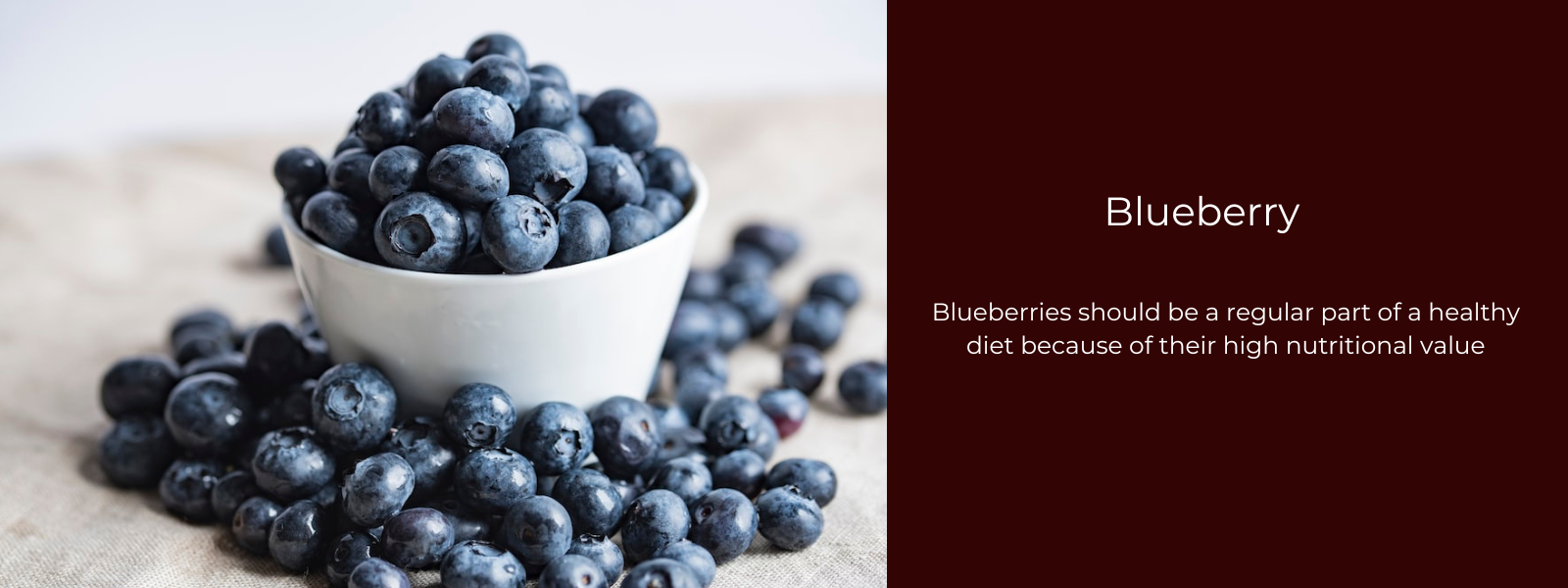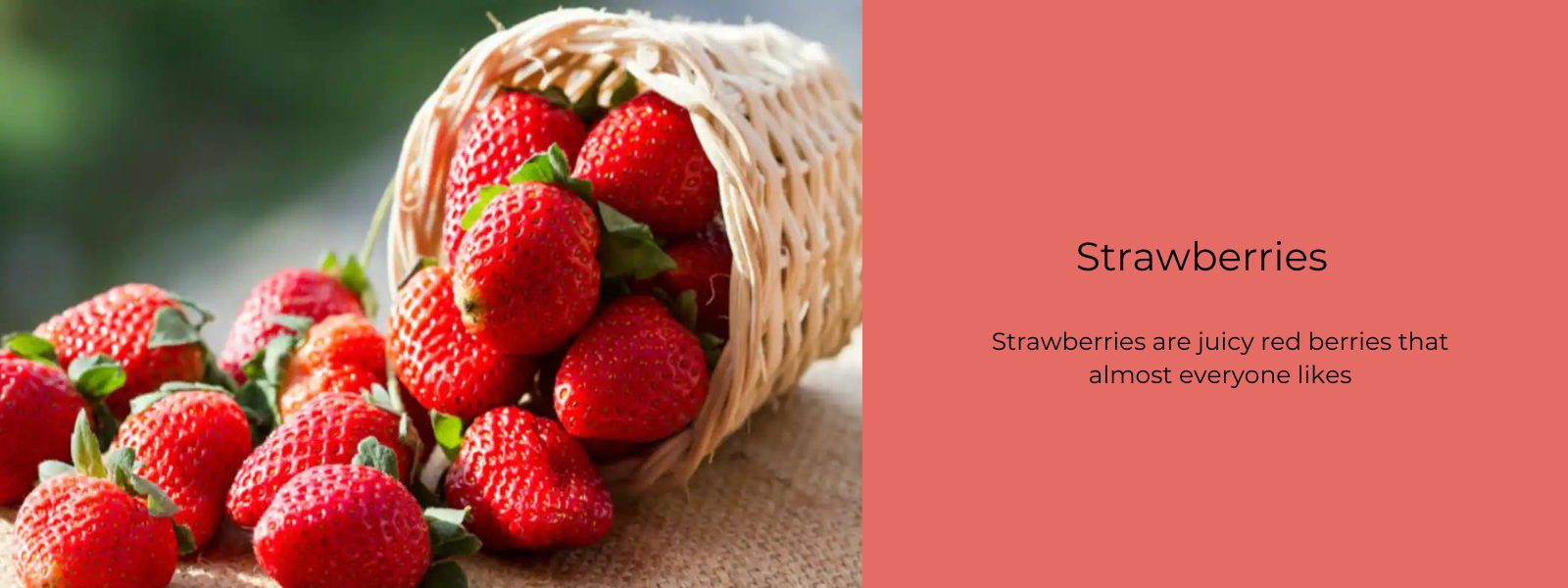Karonda is a native fruit. It tastes sour and tart and is very small, but it has a lot of health benefits. It's a berry (not a cranberry) that helps with digestion, boosts your immune system, and makes you feel less stressed, among other things. Simply put, any way you eat it, it's a great addition to your diet.
Table of Contents
What is karonda?
Karonda fruit, which is also called Black Currant or Christ's thorn and is called Carissa carandas by scientists, is a traditional summer fruit in India that is often used to make pickles, jams, and other kinds of preserves. This delicious bounty also has a lot of health benefits, like preventing heart disease, making stomach problems go away, and curing fevers. Locally, it is called "Vaakkai" in Telugu, "Kauli Hannu" in Kannada, "Kilakkai" in Tamil and "Koromcha" in Bengali.
Karonda is an evergreen shrub that loses its leaves in the fall. It is thought to have come from the Himalayas, making it a local crop. It is grown in large amounts in India's Northern mountains and Western Ghats, as well as in Nepal, Sri Lanka, and other countries in South-East Asia.
Karonda plant description:
The karonda plant can grow up to 2 to 4 m tall. It has thick, grey bark and sharp spines on its branches, which is how it got the name "Christ's thorn." The leaves are green-brown and shaped like cones. Small white flowers grow from the leaves. The unripe karonda fruit, which is a berry, has a round shape and tiny seeds inside. It grows in clusters of 3 to 10 fruits. Unripe fruits have a tart, sour taste and are greenish-white in colour. When the fruit is ripe, it turns dark red or purple and a sweet liquid comes out of the inside.
Where do karonda grow?
Karonda is thought to have come from the Himalayas, but it grows in places where it is hot. In India, it can be found in Maharashtra and Goa, as well as in Rajasthan, Gujarat, Bihar, West Bengal, and Uttar Pradesh. They naturally grow in Bangladesh and Afghanistan, too. They have also spread to many other continents and can be found in parts of Africa and Australia. The fruits are picked depending on how they will be used (canned, preserved, or pickled).
Nutritional profile of karonda:
The karonda plant has a pretty good nutritional profile. It is high in vitamin C, the B vitamins, and iron, which helps get rid of free radicals and fix anaemia. The karonda fruit also has a lot of antioxidants, like flavonoids, alkaloids, tannins, carissone, and triterpenoids, which have important benefits like anti-inflammatory, antipyretic, cardiotonic, and pain-relieving properties.
Health benefits of karonda:
Eases Abdominal Pain
Because it has a lot of fibre, the fruit is great for treating stomach problems. When mixed with water, dried fruit powder can help stomach tissues feel better and help get rid of indigestion, gas, and bloating.
Improves Digestion
Because it has pectin, the fruit is good for improving digestion. Soluble fibre helps the digestive system work better, which makes you feel more hungry and stops you from eating when you don't need to.
Brings down fever
Because the fruit has a lot of vitamin C, karonda has been used for a long time to treat fever. The tasty fruit is full of antioxidants, which help fight off infections and bring down a fever. When you have a fever, eating ripe or dried fruit helps a lot.
Promotes mental wellness
People say that eating karonda fruit on a regular basis can help improve mental health. The magnesium, vitamins, and tryptophan all work together to boost the production of the neurotransmitter serotonin, which helps improve mental health as a whole.
Heart friendly
The juice of the karonda fruit is very good for your heart if you drink it. Two or three times a week, drink a glass of the fruit juice to strengthen your heart muscles, lower your risk of heart diseases like heart attack and high blood pressure, and make sure your blood flows well to all of your organs.
Reduces inflammation
Several scientific studies show that karonda fruit can effectively cure and reduce inflammation. Since the fruit is anti-inflammatory, eating it can help stop the body from making harmful substances.
Karonda during pregnancy and breastfeeding:
Having a small amount of Karonda supplements or fruit does not cause any side effects. But because it tastes acidic and sour, too much of it could make your stomach upset. So, doctors say that women who are pregnant or who are breastfeeding should talk to their doctors before taking Karonda to avoid any problems.
Karonda jam and strawberry:
- To make jam, mix 500 grams each of Karonda and sugar. Soak Karonda in hot water and boil it for about seven to eight minutes to make it soft, tender, and pulpy. Put the pulp through a sieve, put it in a pan with sugar, and let it cook for 10 minutes. Put away and cool.
- Make chutney by putting Karonda, green chilies, and some fresh coriander in a blender with a little water. When you add salt and hing to it, you have chutney that will make your mouth water.











Leave a comment